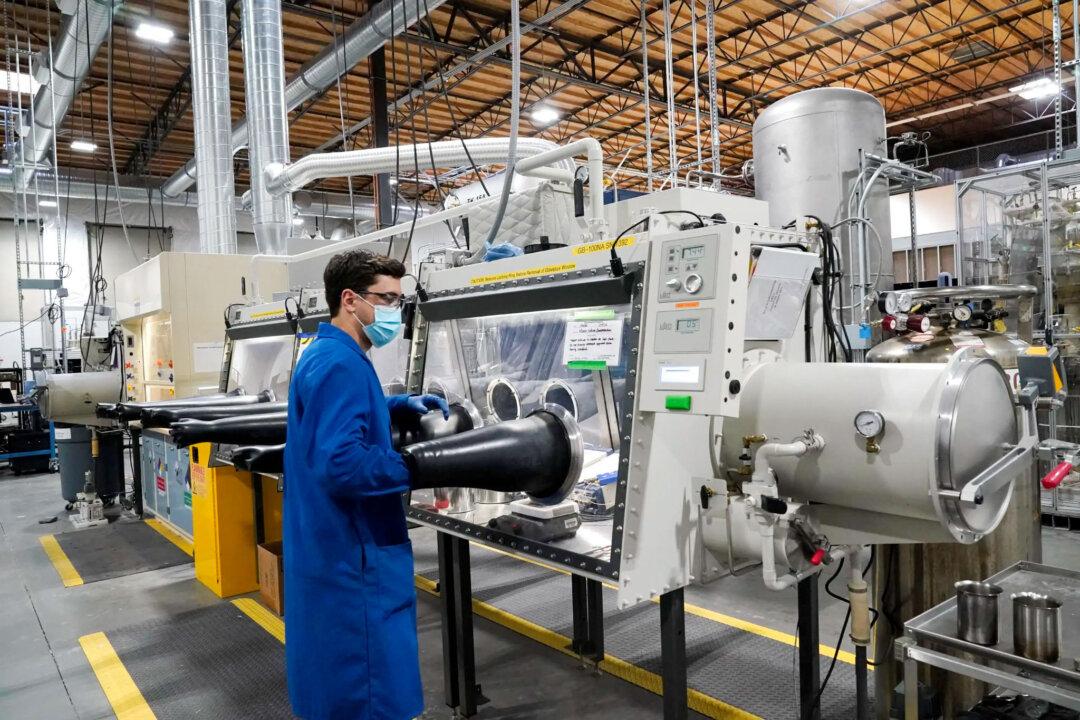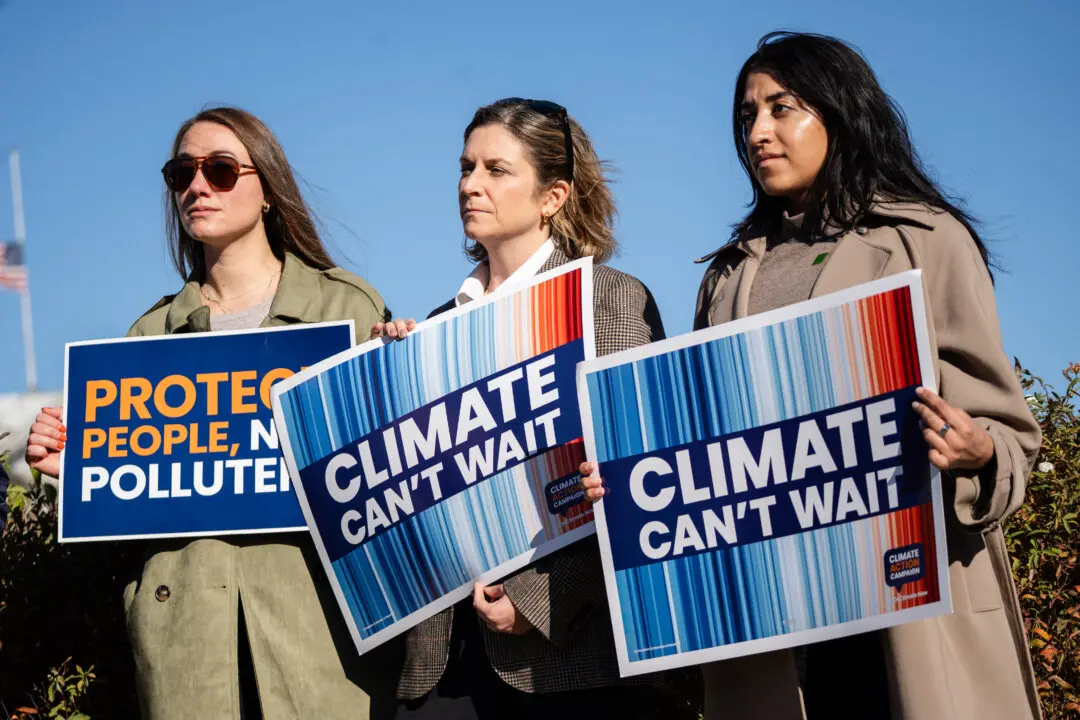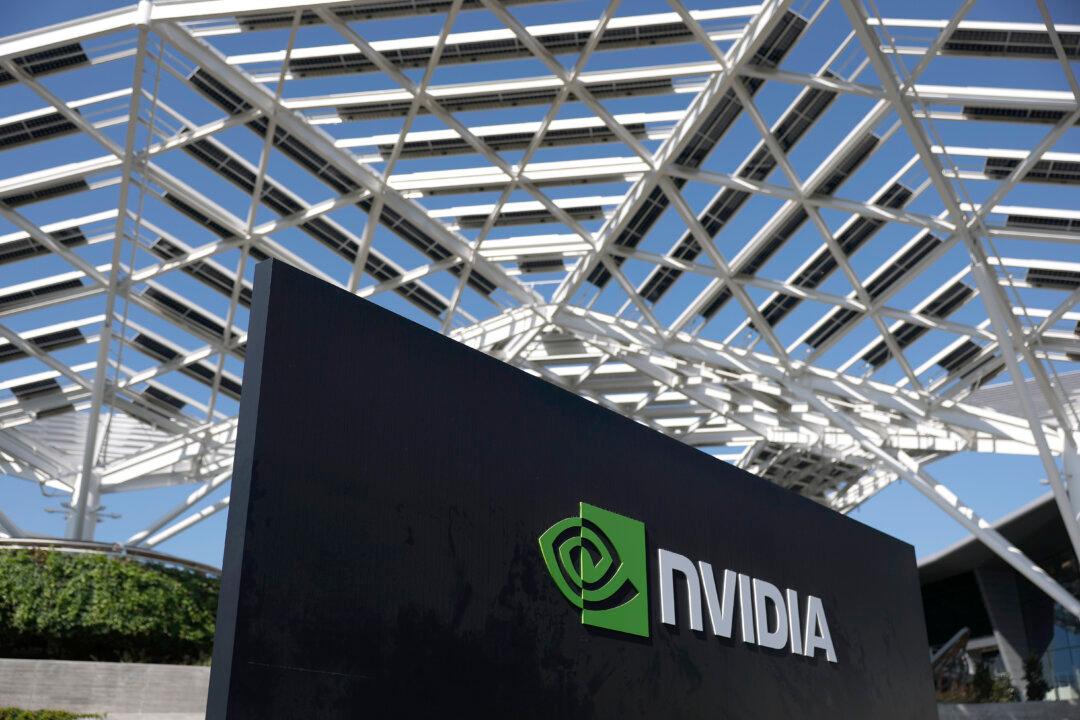In the midst of growing demand for low-carbon base-load electricity, nuclear power is increasingly regarded as a clean, reliable option, but multi-year regulatory approval processes, a dearth of capital, and chronic cost overruns when constructing new plants have made utilities reluctant to build.
Many in the nuclear power industry say one way to address these issues is to make reactors smaller.





